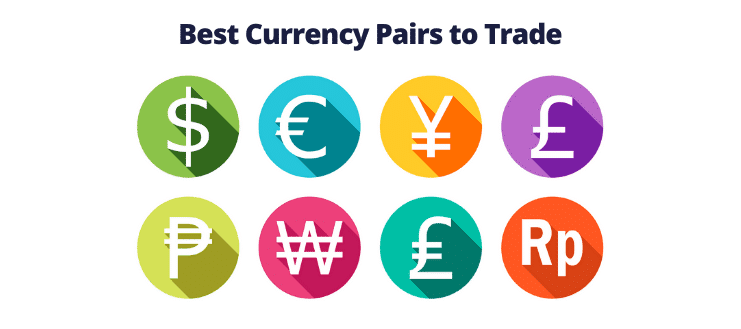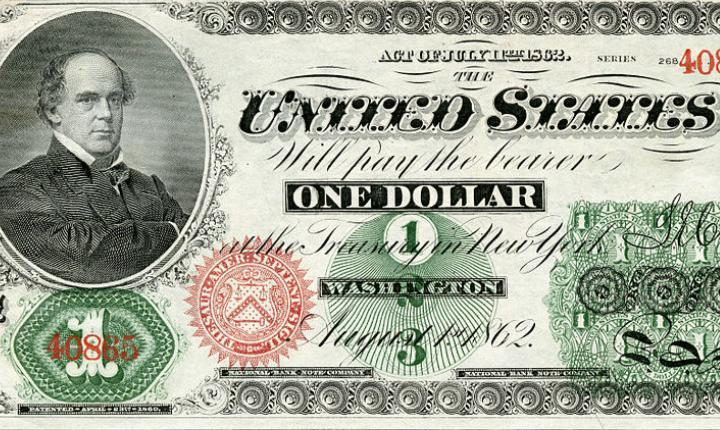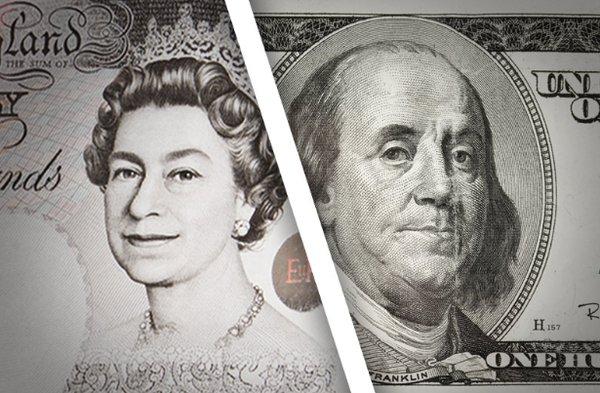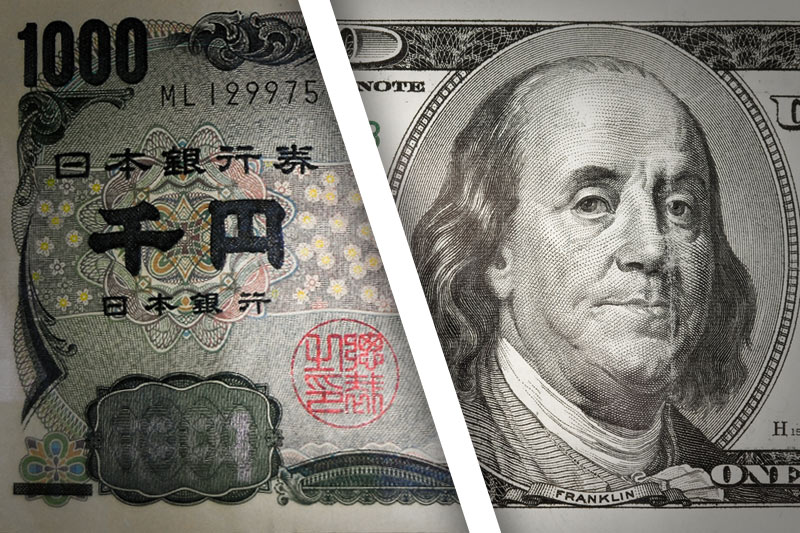Currencies of the biggest and most stable economies are the most traded in the forex market. The likes of the US dollar, British pound, Euro, Swiss francs, Canadian dollar, Australian dollar, New Zealand dollar, and Japanese yen account for the biggest share of traded volume in the $5 trillion marketplace.

As traders carry out trades in the highly competitive and volatile marketplace, it is common to hear them shout out names that sound unusual in the ordinary. While it might seem strange at first, most currencies come with nicknames that date back to the ancient times when the forex market was just but getting started.
While the currencies do come with nicknames, so do the currency pairs. Below are some of the most popular nicknames for currencies and currency pairs.
US dollar
The US dollar is the most popular and traded currency in the currency market for being the de-facto reserve currency. Similarly, it boasts of several nicknames. It is often referred to as the ‘greenback’ given the color of the first paper used to print the currency.

Likewise, it is often referred to as the ‘buck.’ The nickname stems from the time when hunters used the skin of male deer as a means of finalizing transactions way back in the days. As the male deer goes by the name buck, so did the nickname ‘buck’ come into being as the dollar became the means of trading.
British pound
The British pound is commonly referred to as the pound sterling. The name came about when the sterling pound had equal value as the sterling silver, which was a popular mode of payment.
Euro
On its part, the euro goes by the nickname the ‘fiber.’ The nickname arises from the fact that the paper on which the currency is printed consists of pure cotton fiber. Likewise, the paper note comes with a special feel that makes it one of the most durable.
The ‘fiber’ nickname came about as fiber optics replaced underground cables in communication network development.
Canadian dollar
The current Canadian dollar came into being in 1987, and with it came an image of the loon bird on one side of the note. Since then, the currency has been termed the ‘loonie’ about the bird, which is very popular UN the country. The bird is a popular species in the country, thus, the ‘Loonie name.’
New Zealand dollar
The New Zealand dollar derives its nickname ‘the kiwi,’ from the kiwi bird. The small furry bird happens to be a national symbol. Therefore, it was always outright for the currency to be associated with the small brown bird.
GBP/USD
The GBP/USD pair is often referred to as the ‘cable.’ The nickname dates back to the mid-19th century before satellites, and fiber optics powered the first communication networks. During this time, the exchange rate between the ‘British Pound’ and the ‘greenback’ was transmitted via the submarine cable across the Atlantic Ocean, thus the nickname the ‘cable.’

The first cable containing the exchange rate between the currency pair was transmitted in 1858. Upon the transmission, the cable name came about referring to the exchange rate between the two currencies.
EUR/USD
Introduced in 1999, the currency pair does not have the rich romantic history appeal, as is the cable. The fiber name still holds for the currency pair in response to the fiber optics that came and replaced the cable.
EUR/GBP
The EUR/GBP is often referred to as the ‘Chunnel’ in relation to how the UK and France are connected by being among the biggest economies in the trading block. The Chunnel nickname stems from the ‘Channel Tunnel’ that links the two countries.
AUD/USD
Australians are best known for shortening names instead of spelling them out in full. Likewise, the country’s currency, the Australian dollar, derives its nickname in the currency market from the shortening action. Conversely, the nickname ‘Aussie’ or ‘Ozzie’ for the AUD/USD pair.
The Ozzie nickname exists merely because of the pronunciation difference between UK and US English.
USD/JPY

The pair is commonly referred to as the yen, which is the Japanese currency nickname. It is also nicknamed the ‘Ninja’ partly because ninjas are believed to have originated from the island nation.
EUR/JPY
Unlike other currency pairs, the EUR/JPY derives its nickname from the symbols that make up the pair rather than national symbols or history. Likewise, the pair is often referred to as the ‘Euppy’ or ‘Yuppy.’ The name is derived by taking the first two letters for EUR ‘ EU’ and combining PY from JPY and adding another ‘P’ to come with ‘Euppy.’
The fact that Euppy is read as Yuppy will sometimes see the name Yuppy used when writing.
GBP/JPY
GBP/JPY nickname also comes about by squeezing the letters that make up the currency pair. In this case, take the ‘G’ from GBP and ‘PY’ from JPY and add e and p to come up with Guppy. It is also referred to as the Gopher.
USD/RUB and EUR/RUB
The USDRUB pair is commonly referred to as the Barnie because the Rubble, which denotes Russian currency, is the family name of Barnie. Similarly, the EUR/RUB is referred to as Betty, a Flintstone neighbor.
USD/CHF
When paired with the US dollar, the Swiss franc gives rise to a pair often referred to as the ‘Swissy.’
Bottom line
It is common for traders in the currency market to use jargon or nicknames to point out the currency or currency pairs they are trading. The nicknames are merely a simplification of the currencies that people are trading that averts the need to pronounce currency or currency pairs their full names.